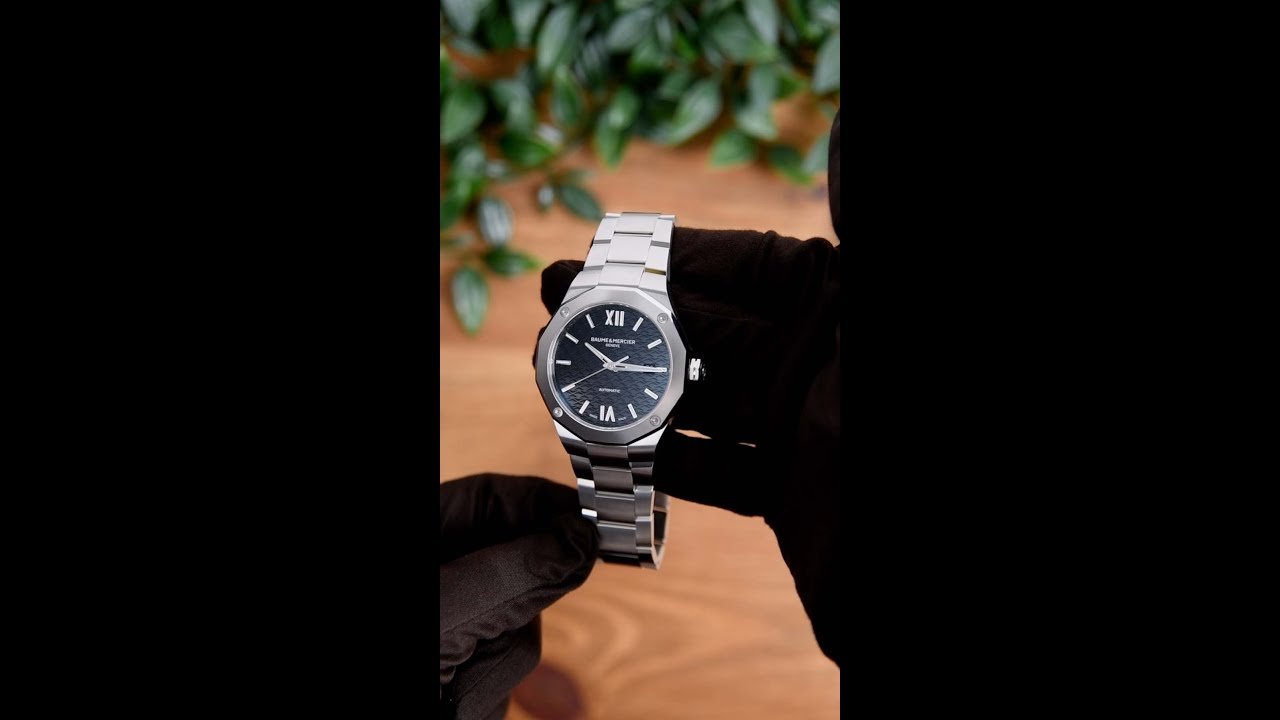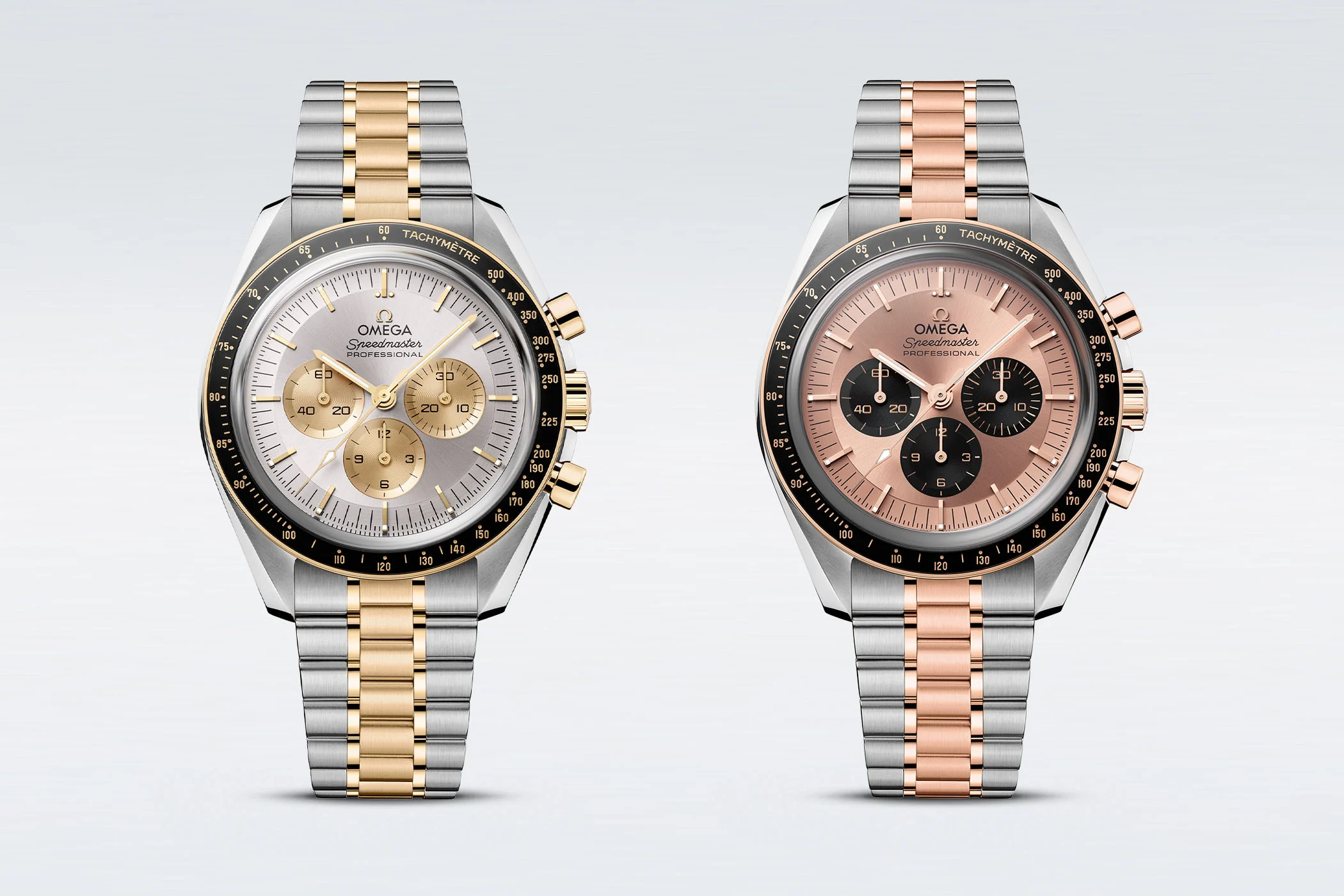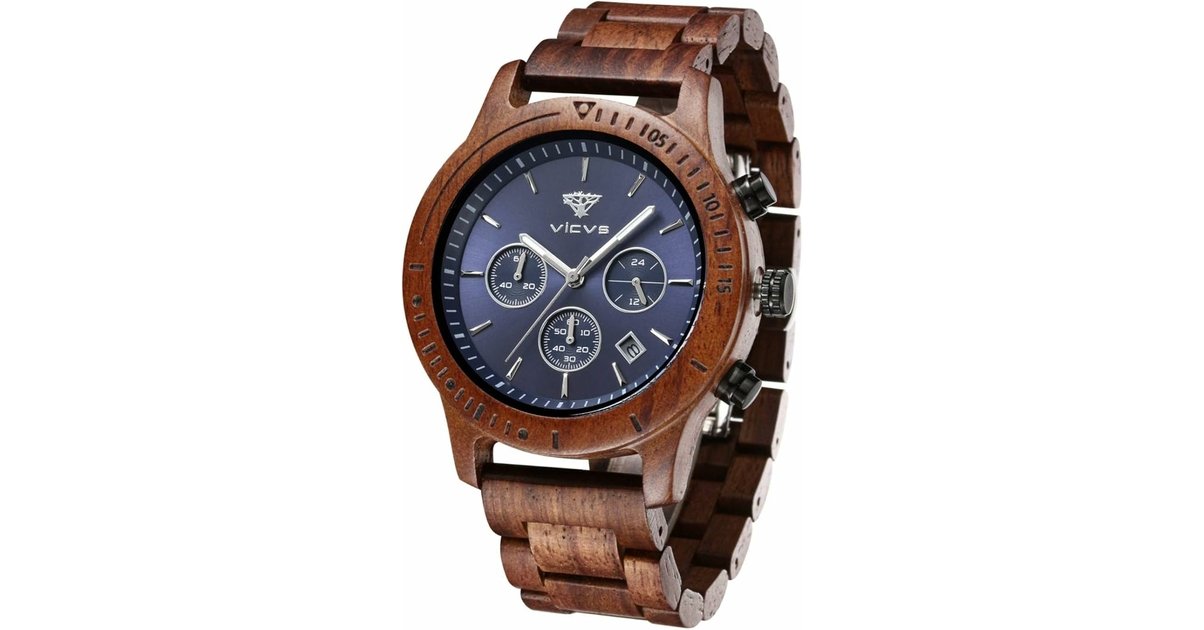What makes a watch Swiss-made? Is it simply a matter of geography, or are there specific craftsmanship and quality standards that must be met to earn this prestigious label? In this article, we’ll delve into the fascinating world of Swiss-made watches, exploring the history, characteristics, and unique features of these timepieces.
First and foremost, it’s important to understand that the term “Swiss-made” is not simply a marketing ploy or a casual descriptor. Rather, it is a legally protected designation that is governed by strict regulations and overseen by various industry watchdogs. In order for a watch to be considered Swiss-made, it must meet several important criteria.
Perhaps the most important requirement is that the majority of the watch’s production – at least 60 percent – must take place in Switzerland. This not only ensures that the watch is being made by skilled Swiss craftsmen and watchmakers, but also that the materials and components used in the watch are of the highest quality. From the precious metals and jewels used in the case and movement, to the intricate gears and springs that power the watch, every aspect of a Swiss-made timepiece is held to exacting standards.
Another key factor that sets Swiss-made watches apart is their emphasis on precision and accuracy. These watches often incorporate advanced timekeeping mechanisms, such as the COSC-certified chronometer, which is a type of movement that has been thoroughly tested and approved for its accuracy by an independent organization. Additionally, many Swiss-made watches are designed with intricate complications, such as moonphases, perpetual calendars, and tourbillons, which require exceptional skill and attention to detail to create and maintain.
Finally, one of the most distinctive features of Swiss-made watches is their burstiness. This refers to the way in which the watches operate, with occasional bursts of energy interspersed with periods of rest. This is accomplished through the use of mechanical movements, rather than quartz movements, which rely on batteries to power their timekeeping functions. Mechanical movements are made up of hundreds of tiny, interconnected parts that work together to keep time accurately and smoothly. When you wind a mechanical watch, you’re essentially “charging up” its power reserve, which will then slowly drain over time as the watch operates. This leads to the characteristic burstiness of Swiss-made watches, with their dramatic, sweeping second hands and smooth, reliable operation.
Of course, the burstiness of Swiss-made watches is just one of many factors that make them so desirable and sought-after. From their meticulous construction and exacting standards, to their rich history and timeless appeal, these watches are truly a wonder of the horological world. Whether you’re an avid collector or simply appreciate the beauty and craftsmanship of a well-made timepiece, a Swiss-made watch is sure to impress and delight. So why settle for anything less than the best? Treat yourself to the precision, elegance, and quality of a Swiss-made watch today, and experience the magic of burstiness for yourself.





